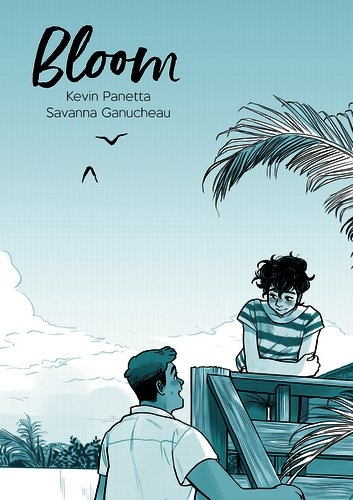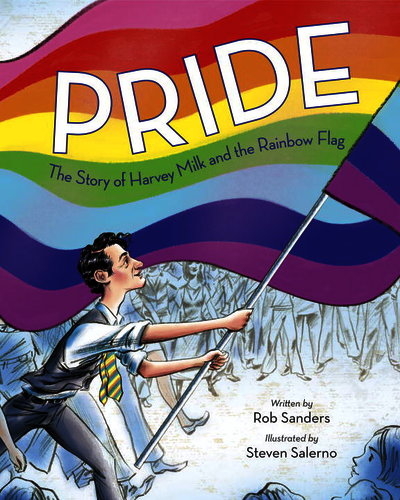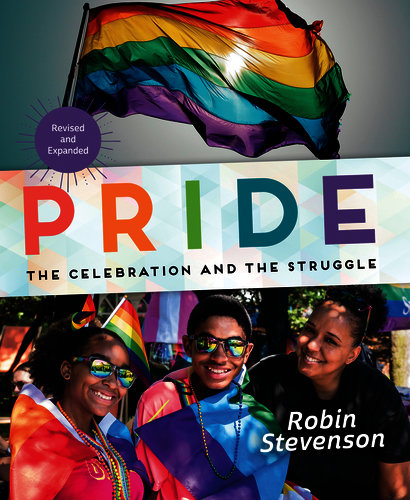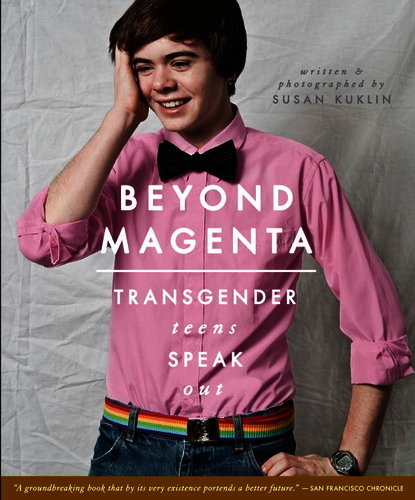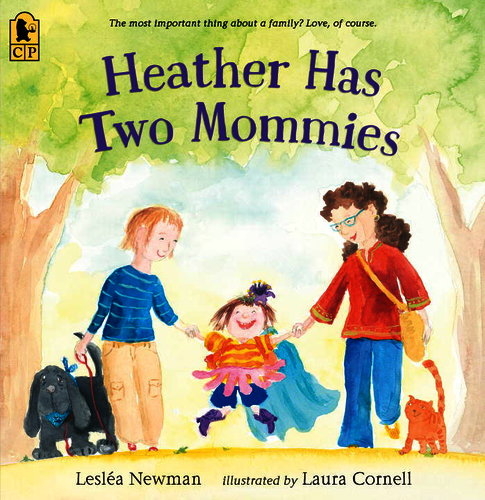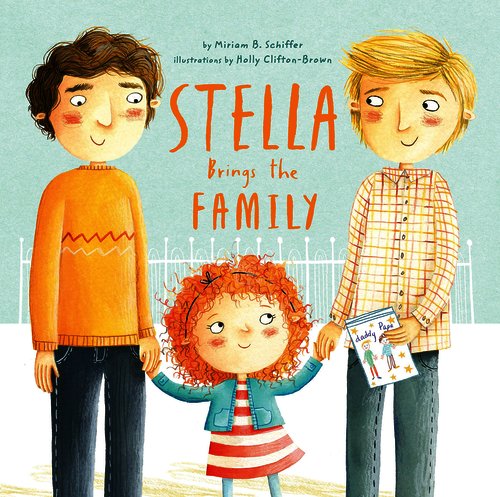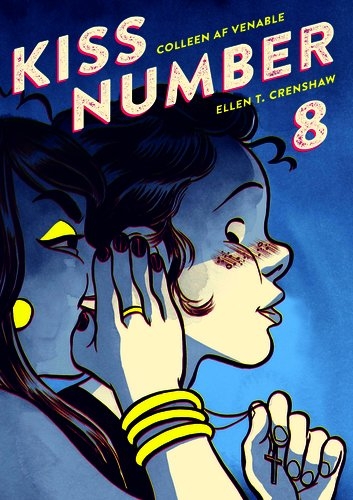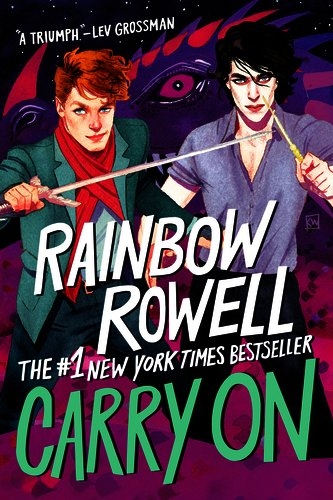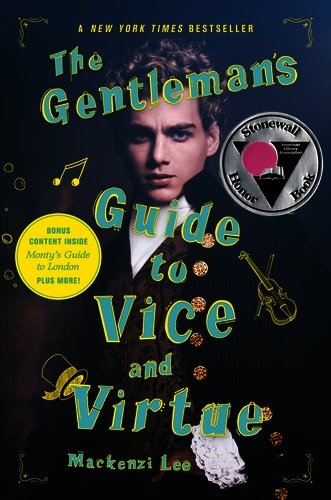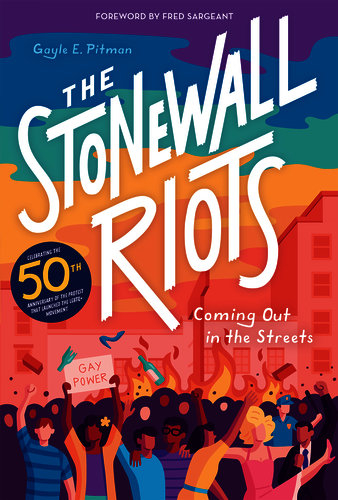http://www.ascd.org/publications/newsletters/education-update/may20/vol62/num05/7-Ways-Educators-Can-Help-Students-Cope-in-a-Pandemic.aspx?utm_source=SmartBrief&utm_medium=email&utm_campaign=Education_Update_May_2020
May 2020 | Volume 62 | Number 5
7 Ways Educators Can Help Students Cope in a Pandemic
Under the best of circumstances, children need to know that their world is safe and that they're competent and worthy of respect. That need for reassurance is exponentially higher in the midst of a global pandemic. Students can't solve problems, learn, self-regulate, or exhibit empathy or self-compassion if they're marinating in fear. Here are seven ways educators can help kids grieve what they've lost, cope with uncertainty, and adjust to distance learning in a new reality.
Prioritize Relationships
 To signal that you value students' well-being above their academic performance, begin every interaction with an open-ended, personal inquiry such as, "What was the biggest surprise this week?" "What has been particularly challenging?" "Do you think your friends share any of the same concerns?" "Have there been moments of unexpected joy or relief?"
To signal that you value students' well-being above their academic performance, begin every interaction with an open-ended, personal inquiry such as, "What was the biggest surprise this week?" "What has been particularly challenging?" "Do you think your friends share any of the same concerns?" "Have there been moments of unexpected joy or relief?"
Listen, validate, and normalize their experience. You might point out that many students are also voicing frustration about spending 24/7 with siblings or are struggling to stay focused. Remember that kids are stressed about coronavirus, but also need time to process disappointments like canceled sports seasons and birthday parties.
With younger children, you might ask, "What is something fun you did today?" or "What makes you feel happy or sad?" In a video session, they could display a toy they love or pantomime a favorite activity and have classmates try to guess what it is.
Tamp Down the Pressure
 No two kids are going to have the same backstory. One student may have a history of trauma, be responsible for caring for younger siblings, or be home alone all day while their parents work. Another may be sharing one computer with four siblings, struggling with depression or anxiety, or dealing with a sick relative. Regardless of the situation or resources, every child's life has been turned inside out, and the primary focus should be on emotional safety, not mastering content.
No two kids are going to have the same backstory. One student may have a history of trauma, be responsible for caring for younger siblings, or be home alone all day while their parents work. Another may be sharing one computer with four siblings, struggling with depression or anxiety, or dealing with a sick relative. Regardless of the situation or resources, every child's life has been turned inside out, and the primary focus should be on emotional safety, not mastering content.
Grading work students have done at home via sudden, online lessons is more than likely inequitable, says Rick Wormeli, author of Fair Isn't Always Equal, 2nd Edition (Stenhouse Publishers). He recommends that educators instead use this time to focus on formative assessment, which is low-stakes and involves gathering evidence to provide feedback and inform instruction. "We can learn without grades," he told me in an email. "Pass/fail may be as far as we go as we finish out the school year."
Similarly, recognize that although synchronous learning is great for social purposes and one-on-one check-ins, it also has its limitations. "It's seriously difficult for multiple members of one family to have simultaneous access to technology … especially with parents working from home and families with more than one child," Wormeli added. "This is to say nothing of the new, uneven emotional cycles of the day out of students' control."
Empower Students
 If the recipe for stress includes uncertainty, insecurity, and absence of control, the antidote is to give kids a sense of empowerment. Academically, that might mean letting them pursue a passion project, create an e-portfolio instead of taking an exam, choose books or topics to explore, or deliver a lesson to their classmates.
If the recipe for stress includes uncertainty, insecurity, and absence of control, the antidote is to give kids a sense of empowerment. Academically, that might mean letting them pursue a passion project, create an e-portfolio instead of taking an exam, choose books or topics to explore, or deliver a lesson to their classmates.
Encourage students to look for opportunities to give back, too. They could reach out to a classmate who feels socially disconnected or address a need in the broader community. For example, students across the country have been sewing and printing 3-D masks and gowns for medical workers and sending cards to coronavirus patients and senior citizens in nursing homes. When kids transcend themselves, they fixate less on what they lack.
Stay Moored in the Moment
 Untethered from their routines and relationships, kids are more likely to operate from their amygdala—the "fight, flight, or freeze" part of their brain. They may be more wiggly or disorganized, more self-critical, or more likely to blurt out (or post) something mean.
Untethered from their routines and relationships, kids are more likely to operate from their amygdala—the "fight, flight, or freeze" part of their brain. They may be more wiggly or disorganized, more self-critical, or more likely to blurt out (or post) something mean.
To help students self-regulate and practice compassion, bring them back into the present with mindfulness activities. Depending on students' age, that might mean practicing an animal yoga pose, pacing the length of a room while counting footsteps, doing a breathing exercise, or quietly identifying all the sounds they hear in their home.
Kids also can "turn on" their prefrontal cortex—the part of the brain responsible for logical thinking, executive functioning, and empathy—by retrieving language. They could come up with three adjectives to describe a nearby object or listen to a song and focus their attention on the lyrics.
In addition to mindfulness, encourage students to do whatever they need to do to process big feelings, whether they cry, scream into a pillow, call a friend, write in a journal, or draw a picture. Explain that emotions are like a train going through a tunnel. The only way out is through.
Foster Social Connection
 The loss of physical proximity to other children won't affect everyone the same way. Extroverts are going to miss in-person interactions the most, but they're also going to have an easier time seeking out other ways to connect. Introverts may feel relieved that they can spend more time on their own.
The loss of physical proximity to other children won't affect everyone the same way. Extroverts are going to miss in-person interactions the most, but they're also going to have an easier time seeking out other ways to connect. Introverts may feel relieved that they can spend more time on their own.
I worry the most about a third group of students: the ones who want to entertain and be liked, but who are short on social skills. They may have social anxiety or constantly interrupt or try to impress others rather than find common ground. Jaana Juvonen, a developmental psychologist at the University of California at Los Angeles, has found that isolated kids are like animals at the edge of the herd. They feel less safe and are more vulnerable to loneliness, anxiety, and depression.
To help these children, who probably are not getting invited to "Zoom playdates," facilitate inclusive class get-togethers such as group advisory meetings, small-group collaborative projects, or book club discussions. Pair kids thoughtfully and engineer brief, highly structured interactions. The goal is to give them an opportunity to practice social skills without setting them up for failure.
Promote Self-Care
 You can't give from an empty vessel. Sleep and get exercise, make time to connect with friends and family, and carve out time to catch your breath. Recognize that you're learning as you go, crowd-source ideas with colleagues, and reach out for help from an administrator, counselor, or special educator when you need an assist.
You can't give from an empty vessel. Sleep and get exercise, make time to connect with friends and family, and carve out time to catch your breath. Recognize that you're learning as you go, crowd-source ideas with colleagues, and reach out for help from an administrator, counselor, or special educator when you need an assist.
Tell caregivers that you don't expect perfection from them, either, and you don't want them to battle their child over schoolwork. If you lower parents' stress levels, your students will do better, too.
Focus on Joy and Simplicity
 To lift kids' spirits, educators across the country have gotten creative. They've done "car parades" through students' neighborhoods, held online talent shows, and organized virtual Spirit Weeks. They've recorded themselves singing in pajamas and shared jokes and memes.
To lift kids' spirits, educators across the country have gotten creative. They've done "car parades" through students' neighborhoods, held online talent shows, and organized virtual Spirit Weeks. They've recorded themselves singing in pajamas and shared jokes and memes.
The gestures that mean the most are often the simplest. Make it clear that you're available. Conduct virtual check-ins. Do read-alouds or start the day with a quick virtual greeting. Let your students know that you miss them and care about them. Remind them to sleep, get fresh air, and be kind to their friends and to themselves. They're not going to remember what they learned during the coronavirus pandemic of 2020, but they will remember who helped them get through it. 

 Phyllis L. Fagell (@pfagell) is the school counselor at Sheridan School in Washington, D.C., a therapist at the Chrysalis Group in Bethesda, Md., and the author of Middle School Matters (Hachette Book Group, 2019).
Phyllis L. Fagell (@pfagell) is the school counselor at Sheridan School in Washington, D.C., a therapist at the Chrysalis Group in Bethesda, Md., and the author of Middle School Matters (Hachette Book Group, 2019).











